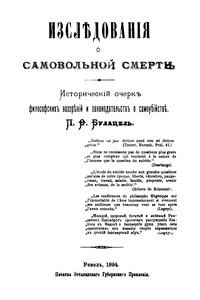В пучине бренного мира. Японское искусство и его коллекционер Сергей Китаев - [74]
The “dangerous” information about the full fifteen-volume first Manga edition was present in the text file with Kitaev’s transcribed letter sent to me to edit (see fig. 8). In my (unpublished) essay for the Pushkin Catalogue “Japanese pictures of the floating world and their 19th-century European collectors and admirers: The view from our day on the meeting of the two worlds,” I mention the first edition in a very benign context, emphasizing the original glory of the collection[257]. In its defense, the museum staff may not have known about the discrepancy since the books are lost, yet the authorities, fearing that it could encourage uncomfortable inquiries from their superiors, decided it would be better to conceal it completely – by not publishing my essay and by deleting this information from the published version of Kitaev’s letter[258].
Pushkin Catalogue Postscript
The catalogue of Japanese prints in the Pushkin is not easy for a non-Russian reader to use. My assessments that many prints (about seventy surimono and others) were recuts of the early 1890s disappeared at the final moment from the English text and were published only in Russian. Who ordered the omission and for what reason, I was never able to find out. In one or two cases they missed deleting my revision (see no. 510 in vol. 1, p. 367). In the Russian description the word “recut” (peregravirovka) which I, as the academic editor, put in the title line, was moved by the in-house editors into the entry text, with the added disclaimer “in E. Steiner’s opinion this is recut.” In many cases it looks odd because immediately after that follows the text (written by me): “No originals are known” (in the case of Setsuri’s Fish and Squid, no. 144) or “only two originals in such and such museums are known.”
My foreword as academic editor with the brief summation of the goals of the edition and my role, as well as acknowledgment of colleagues and organizations that helped me in my work, was published – but without any heading (possibly it was removed at the very last minute because, on the top of that page, six lines are left empty). My foreword is not mentioned in the Table of Contents and appears after the curator’s introduction on page 20.
E-10
Kitagawa Utamaro II
(?–1831). Infant Komachi (Osana Komachi), from the series Little Seedlings: Seven Komachi (Futabagusa nana Komachi). C. 1803.
Color woodcut, ōban. Published in Impressions Journal, vol. 32 (2011), p. 57.
Many of the prints illustrated are in very poor condition: faded, torn, creased, wrinkled and with wormholes. Kitaev himself mentions in one of his letters that he would buy, from time to time, a work that required restoration and would give it to Japanese masters to fix. But many prints, now in poor condition, evidently had never been restored. It is difficult to imagine that Kitaev bought them in this state. My suggestion to exclude these worn prints or at least not to show them in large color illustrations was rejected. On the other hand, a number of reasonably good prints (many Utagawa Kuniyoshi [1797–1861] and Kunisada triptychs, anonymous caricatures of the Bо̄shin War, as well as surimono that can be found in the Japanese Pushikin zuroku) were, for unknown reasons, not represented. When I asked the curator, she said that she did not remember; when I delivered the news to the Museum administration that many good prints had not been included, and gave them photocopies of two or three pages from the Pushikin zuroku to compare with prints missing from the “catalogue raisonné,” they looked rather shocked and ordered a check to see if those works were physically there. A few days later I was told by the head of the Department of Works on Paper that all the objects had been found (I asked to see some of the excluded Kunisada triptychs and found that the condition was quite decent). The explanation I was given was that it was “the curator’s choice” as to what to eliminate. Before I try to come up with some rational explanation for this cavalierness, I’d like to point out one more discrepancy. In the Pushikin zuroku, there are five surimono by Harada Keigaku (act. 1850–60) (nos. 301, 302, p. 51, and nos. 975–77, p. 163). In the Pushkin Catalogue, there are only three (nos. 88–90, p. 88), but one of them (no. 88, a surimono with puppies) does not appear in Pushikin zuroku. The most reasonable surmise is that, when the Japanese team visited the museum in 1992, not all the prints could be found, but they resurfaced later. And vice versa – when it came to production of the 2008 Pushkin Catalogue, many prints were either misplaced or could not be accessed for some reason or other.
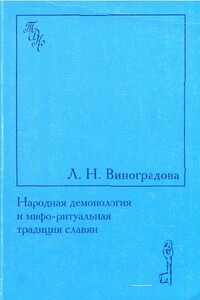
Книга посвящена «низшей» мифологии славян, т. е. народным поверьям о персонажах нечистой силы — русалках, ведьмах, домовых, о духе-любовнике и духах-прорицателях и т. п. Затрагиваются проблемы, связанные с трудностями идентификации демонологических персонажей и с разработкой методов сравнительного изучения демонологии разных славянских народов. При исследовании этого важнейшего фрагмента народной культуры главным для автора остается факт включенности мифологических персонажей во все сферы бытовой и обрядовой жизни традиционного общества.
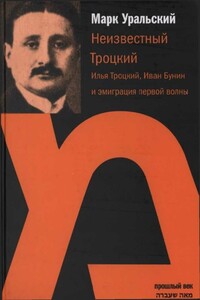
Марк Уральский — автор большого числа научно-публицистических работ и документальной прозы. Его новая книга посвящена истории жизни и литературно-общественной деятельности Ильи Марковича Троцкого (1879, Ромны — 1969, Нью-Йорк) — журналиста-«русскословца», затем эмигранта, активного деятеля ОРТ, чья личность в силу «политической неблагозвучности» фамилии долгое время оставалась в тени забвения. Между тем он является инициатором кампании за присуждение Ивану Бунину Нобелевской премии по литературе, автором многочисленных статей, представляющих сегодня ценнейшее собрание документов по истории Серебряного века и русской эмиграции «первой волны».
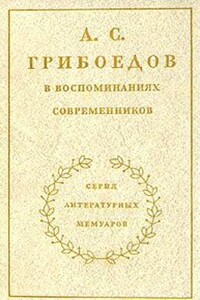
В сборник вошли наиболее значительные и достоверные воспоминания о великом русском писателе А. С. Грибоедове: С. Бегичева, П. Вяземского, А. Бестужева, В. Кюхельбекера, П. Каратыгина, рассказы друзей Грибоедова, собранные Д. Смирновым, и др.
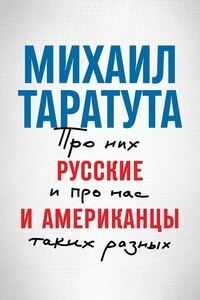
Эта книга о том, что делает нас русскими, а американцев – американцами. Чем мы отличаемся друг от друга в восприятии мира и себя? Как думаем и как реагируем на происходящее? И что сделало нас такими, какие мы есть? Известный журналист-международник Михаил Таратута провел в США 12 лет. Его программа «Америка с Михаилом Таратутой» во многом открывала нам эту страну. В книге автор показывает, как несходство исторических путей и культурных кодов русских и американцев определяет различия в быту, карьере, подходах к бизнесу и политике.
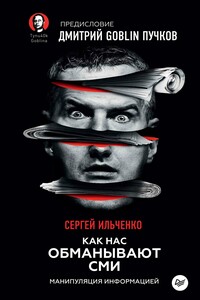
Ни для кого не секрет, что современные СМИ оказывают значительное влияние на политическую, экономическую, социальную и культурную жизнь общества. Но можем ли мы безоговорочно им доверять в эпоху постправды и фейковых новостей?Сергей Ильченко — доцент кафедры телерадиожурналистики СПбГУ, автор и ведущий многочисленных теле- и радиопрограмм — настойчиво и последовательно борется с фейковой журналистикой. Автор ярко, конкретно и подробно описывает работу российских и зарубежных СМИ, раскрывает приемы, при помощи которых нас вводят в заблуждение и навязывают «правильный» взгляд на современные события и на исторические факты.Помимо того что вы познакомитесь с основными приемами манипуляции, пропаганды и рекламы, научитесь отличать праву от вымысла, вы узнаете, как вводят в заблуждение читателей, телезрителей и даже радиослушателей.
